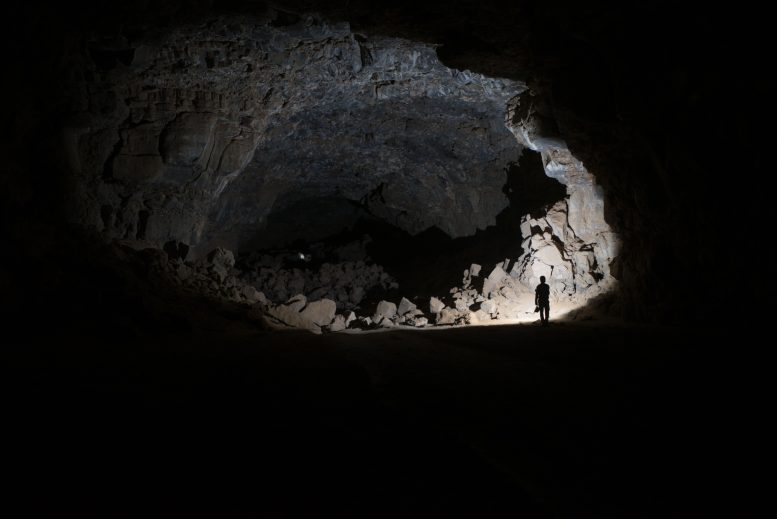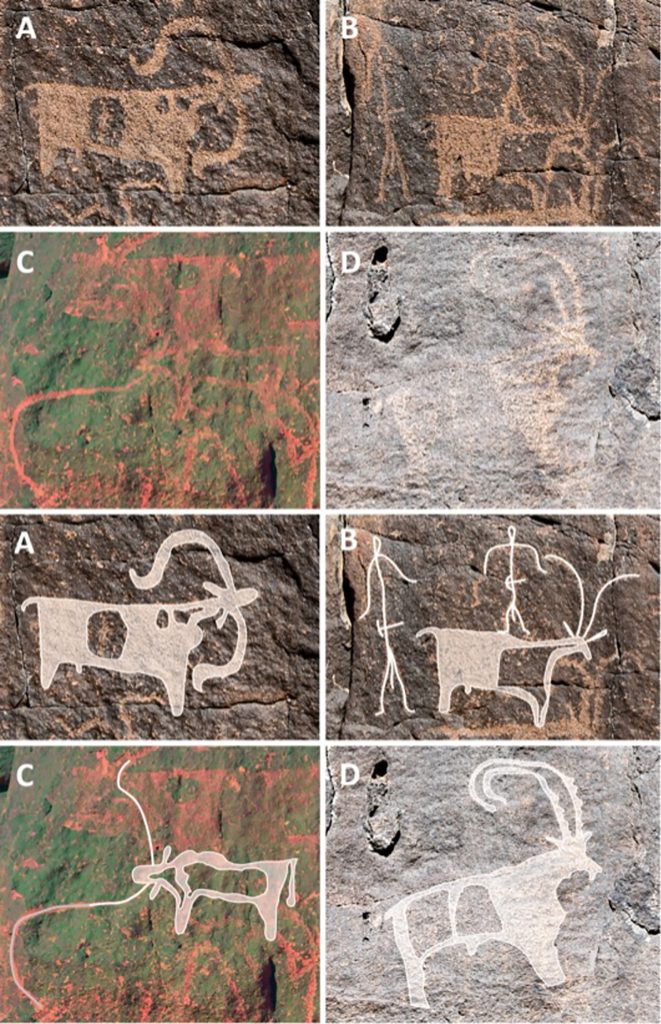
Recent archaeological research in Arabia has unveiled significant insights into the historical and cultural evolution of the region through the study of caves and lava tubes, highlighting ancient lifestyles and the global significance of Arabia’s archaeological heritage. Credit: Green Arabia Project
Bones and artifacts indicate a timeline of herding and agriculture in northern Arabia.
A study recently published in the open-access journal PLOS ONE, reveals that a vast lava tube in Saudi Arabia has served as a crucial shelter for humans who herded livestock for at least the last 7,000 years. This research was conducted by Mathew Stewart from Griffith University, Brisbane, and his colleagues.
Research in northern Arabia over the last decade has highlighted a diverse Holocene archaeological record. However, the timing of human occupations and their connections with the nearby Levant remain poorly understood, primarily due to poor preservation of organic remains in the region’s arid conditions. To circumvent this problem, Stewart and colleagues focused investigations on caves and other underground settings where ancient materials are sheltered from sun, wind, and high fluctuations in temperature. In this study, they analyze an archaeological site from a lava tube called Umm Jirsan located in the volcanic field of Harrat Khaybar in Saudi Arabia, approximately 125km north of Medina.

Species identifiable in the rock art of Umm Jirsan. (A) sheep (Panel 8); (B) goat and two stick figures with tools on their belts (Panel 8); (C) long-horned cattle (Panel 6), photo enhanced using the ybk setting on DStretch; (D) ibex with ribbed horns and coat markings (Panel 4). Bottom: tracings of examples A-D. Credit: Stewart et al., 2024, PLOS ONE, CC-BY 4.0
Within the lava tube are artifacts, rock art, and skeletal remains that document repeated human occupation over at least the past 7,000 years. The lava tube seems to have been an important resource for pastoralists keeping and herding livestock, as evidenced by rock art and animal bones representing domesticated sheep and goats. Isotopic analysis of human remains reveals an increase over time in C3 plants such as cereal and fruit in the diet, possibly linked to a rise in oasis agriculture in the Bronze Age.
The authors conclude that Umm Jirsan was likely not a permanent home, but instead a valuable stopping point for people traveling between oasis settlements. Lava tubes and other natural shelters were valuable resources for communities surviving in a challenging environment, and with further investigation, they present a key source of archaeological information about the history of human occupation in Arabia.
The authors add: “Exploring Arabia’s hidden past, our study uncovers millennia of human occupation within and around the Umm Jirsan lava tube, shedding light on ancient lifestyles and adaptations to environmental change in this harsh desert environment.”
Reference: “First evidence for human occupation of a lava tube in Arabia: The archaeology of Umm Jirsan Cave and its surroundings, northern Saudi Arabia” by Mathew Stewart, Eric Andrieux, James Blinkhorn, Maria Guagnin, Ricardo Fernandes, Nils Vanwezer, Amy Hatton, Mesfer Alqahtani, Iyad Zalmout, Richard Clark-Wilson, Yahya S. A. Al-Mufarreh, Mahmoud Al-Shanti, Badr Zahrani, Abdulaziz Al Omari, Faisal Al-Jibreen, Abdullah M. Alsharekh, Eleanor M. L. Scerri, Nicole Boivin, Michael D. Petraglia and Huw S. Groucutt, 17 April 2024, PLOS ONE.
DOI: 10.1371/journal.pone.0299292
>>> Read full article>>>
Copyright for syndicated content belongs to the linked Source : SciTechDaily – https://scitechdaily.com/new-findings-unearth-7-millennia-of-human-history-in-northern-arabias-lava-tubes/










